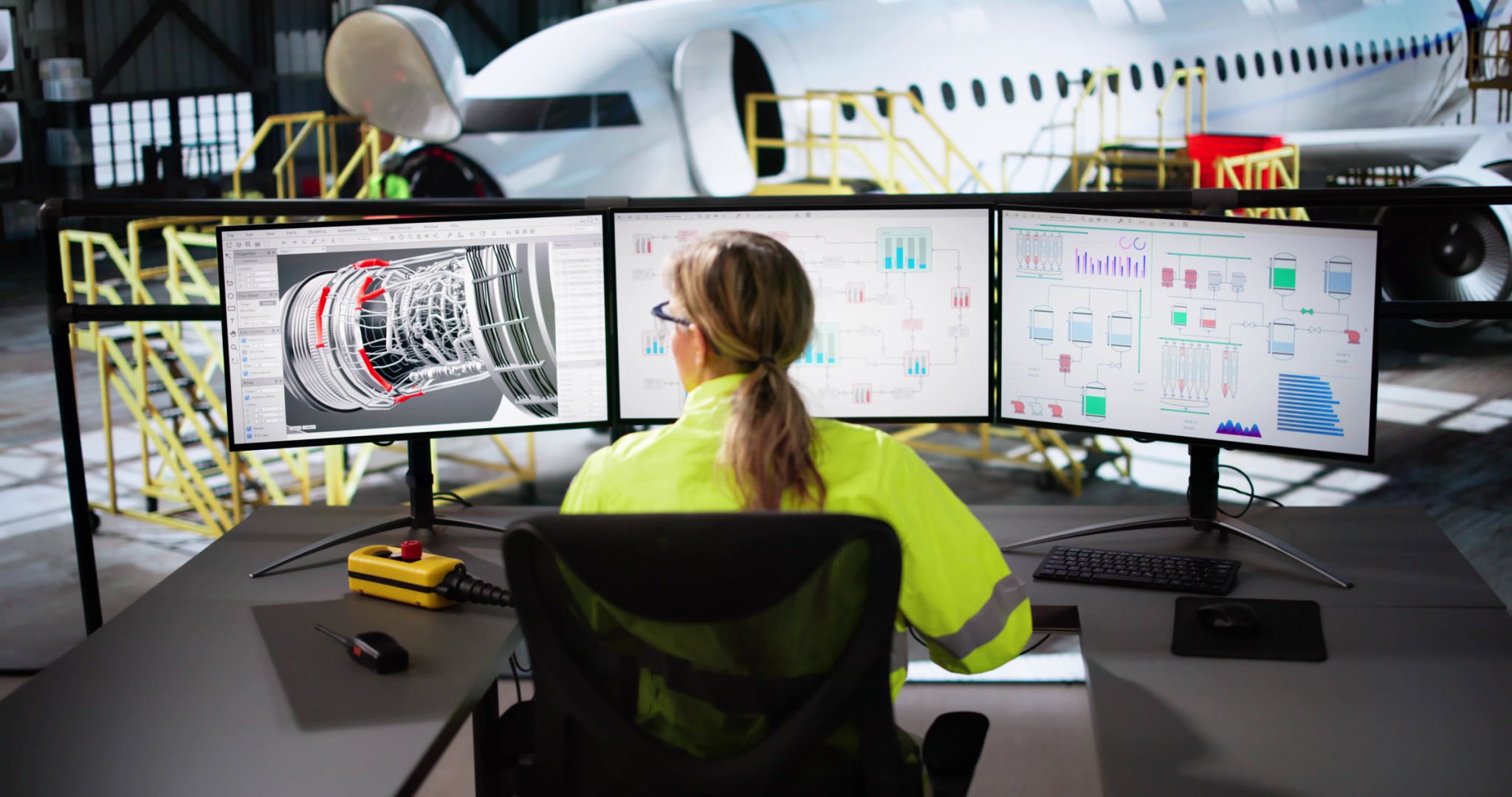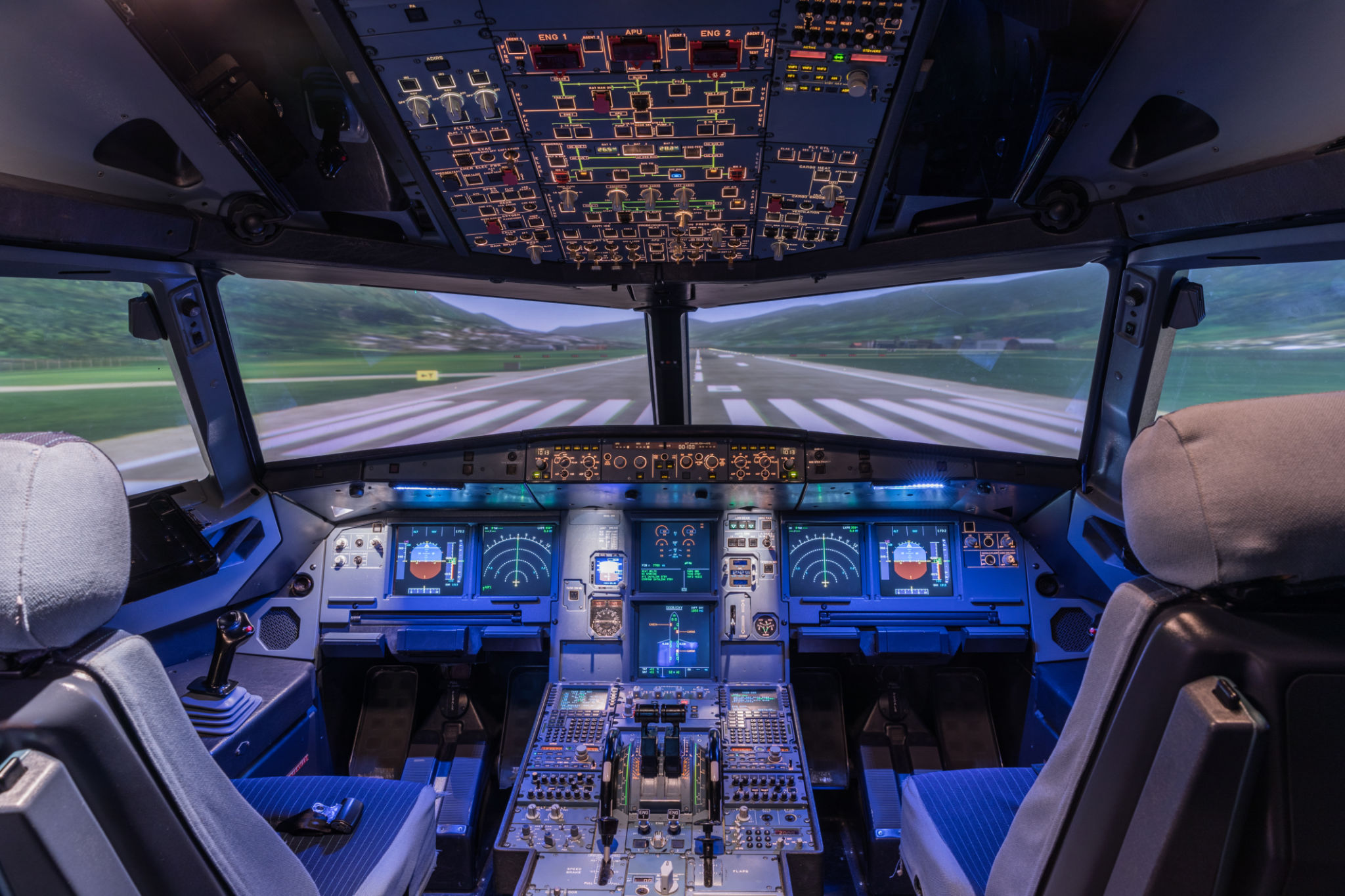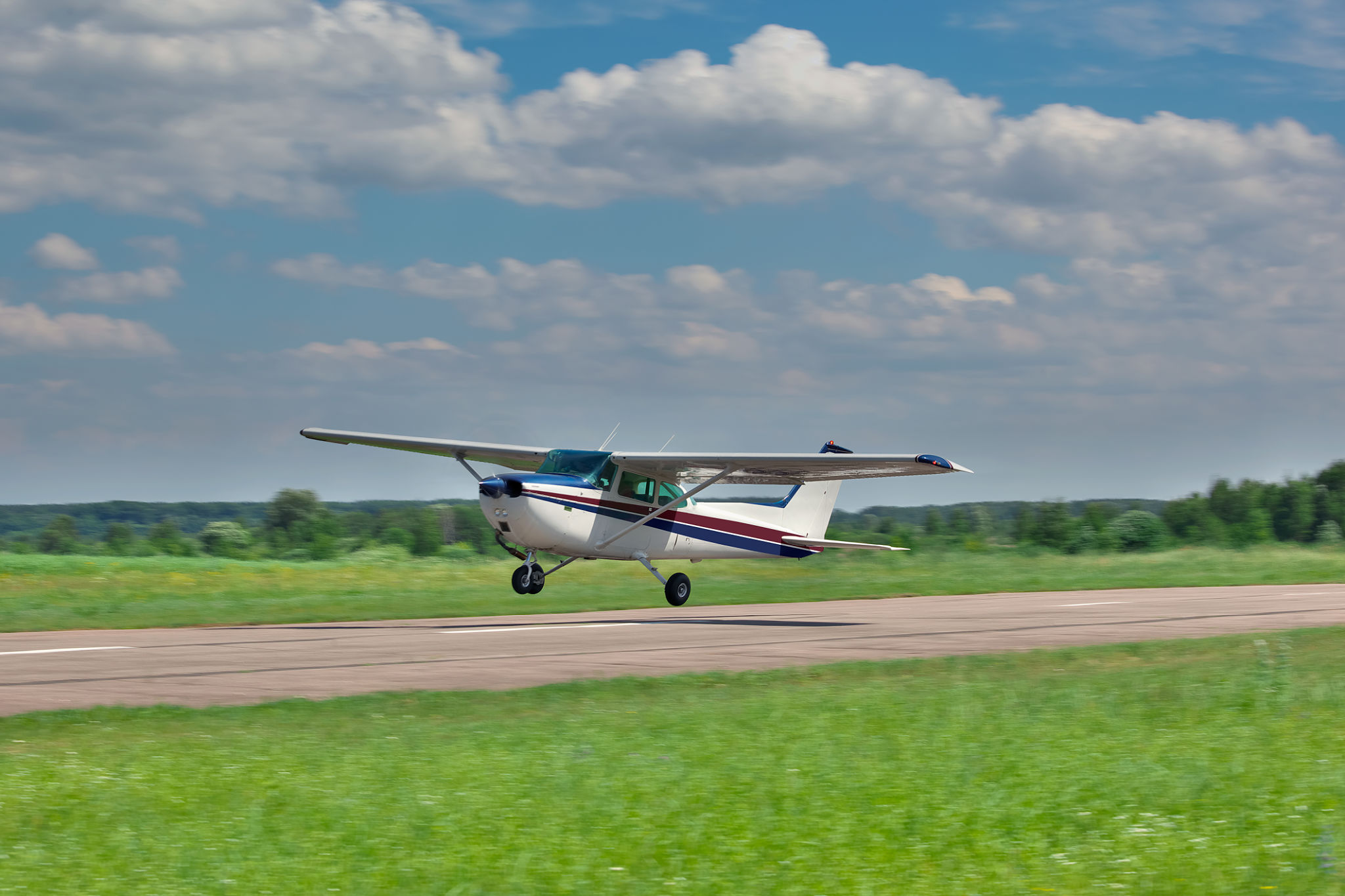How to Implement Cutting-Edge Aviation Technology in Your Fleet
Understanding the Importance of Aviation Technology
In recent years, the aviation industry has witnessed significant advancements in technology, transforming how fleets operate. Implementing cutting-edge aviation technology in your fleet is crucial for improving efficiency, safety, and overall performance. These technologies not only enhance operational capabilities but also provide a competitive edge in a fast-evolving market.

Assessing Your Current Fleet Capabilities
Before integrating new technologies, it's essential to assess the current capabilities of your fleet. Understanding the strengths and weaknesses of your existing systems will help identify areas where technology can bring the most benefits. Conduct a comprehensive audit of your fleet's current technologies and performance metrics to create a baseline for improvement.
Identifying Areas for Improvement
With a clear understanding of your fleet's current capabilities, pinpoint areas that would benefit most from technological upgrades. Consider aspects such as fuel efficiency, maintenance scheduling, and communication systems. This targeted approach ensures that investments in new technologies will yield the highest returns.
Exploring Available Technologies
The aviation industry offers a wide range of cutting-edge technologies designed to improve various aspects of fleet management. Some of the most promising technologies include:
- Advanced Avionics: Enhancing cockpit systems with state-of-the-art avionics improves situational awareness and flight efficiency.
- Predictive Maintenance: Utilizing data analytics to predict equipment failures before they occur reduces downtime and maintenance costs.
- Fuel Management Systems: Implementing sophisticated fuel management solutions helps optimize fuel consumption and reduce emissions.

Implementing New Technologies
Once you've identified the technologies that best suit your fleet's needs, the next step is implementation. This process involves selecting the right vendors, training staff, and integrating new systems with existing operations. It's crucial to have a well-defined strategy to ensure a smooth transition and minimize disruptions.
Training and Support
An essential aspect of successful technology implementation is ensuring that your team is adequately trained. Provide comprehensive training programs to familiarize staff with new systems and processes. Additionally, establish ongoing support channels to address any challenges that may arise post-implementation.

Evaluating Performance and Making Adjustments
After implementing new technologies, continuously monitor their performance against the set objectives. Use data analytics to assess improvements in efficiency, safety, and cost-effectiveness. Based on this evaluation, make necessary adjustments to optimize performance further.
Staying Ahead in the Industry
The aviation industry is constantly evolving, with new technologies emerging regularly. Staying informed about these advancements is vital to maintaining a competitive edge. Engage with industry forums, attend conferences, and collaborate with technology providers to keep your fleet at the forefront of innovation.
In conclusion, incorporating cutting-edge aviation technology into your fleet requires careful assessment, strategic planning, and continuous evaluation. By embracing these innovations, you can enhance operational efficiency, ensure safety, and secure a competitive position in the ever-evolving aviation landscape.
